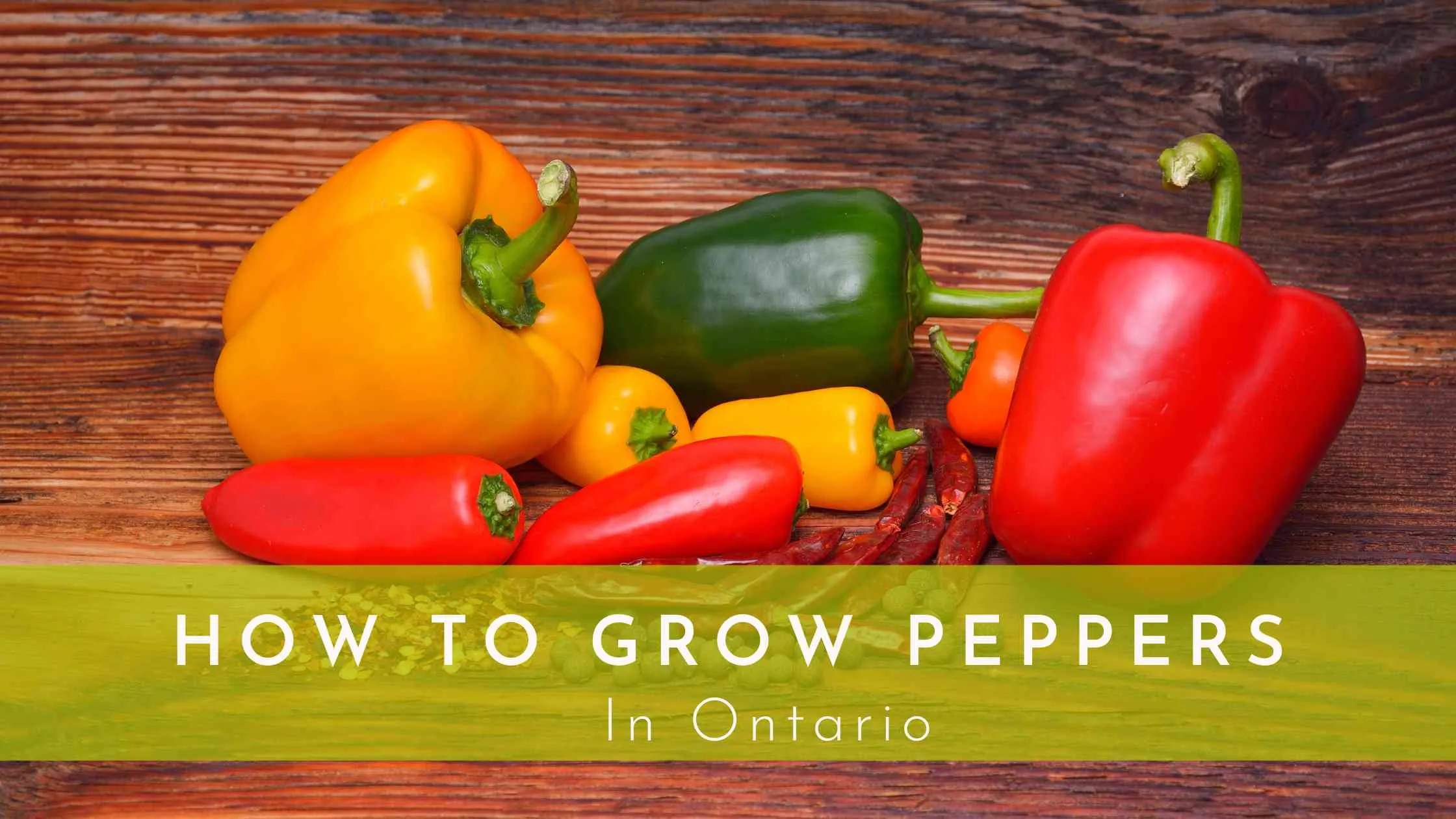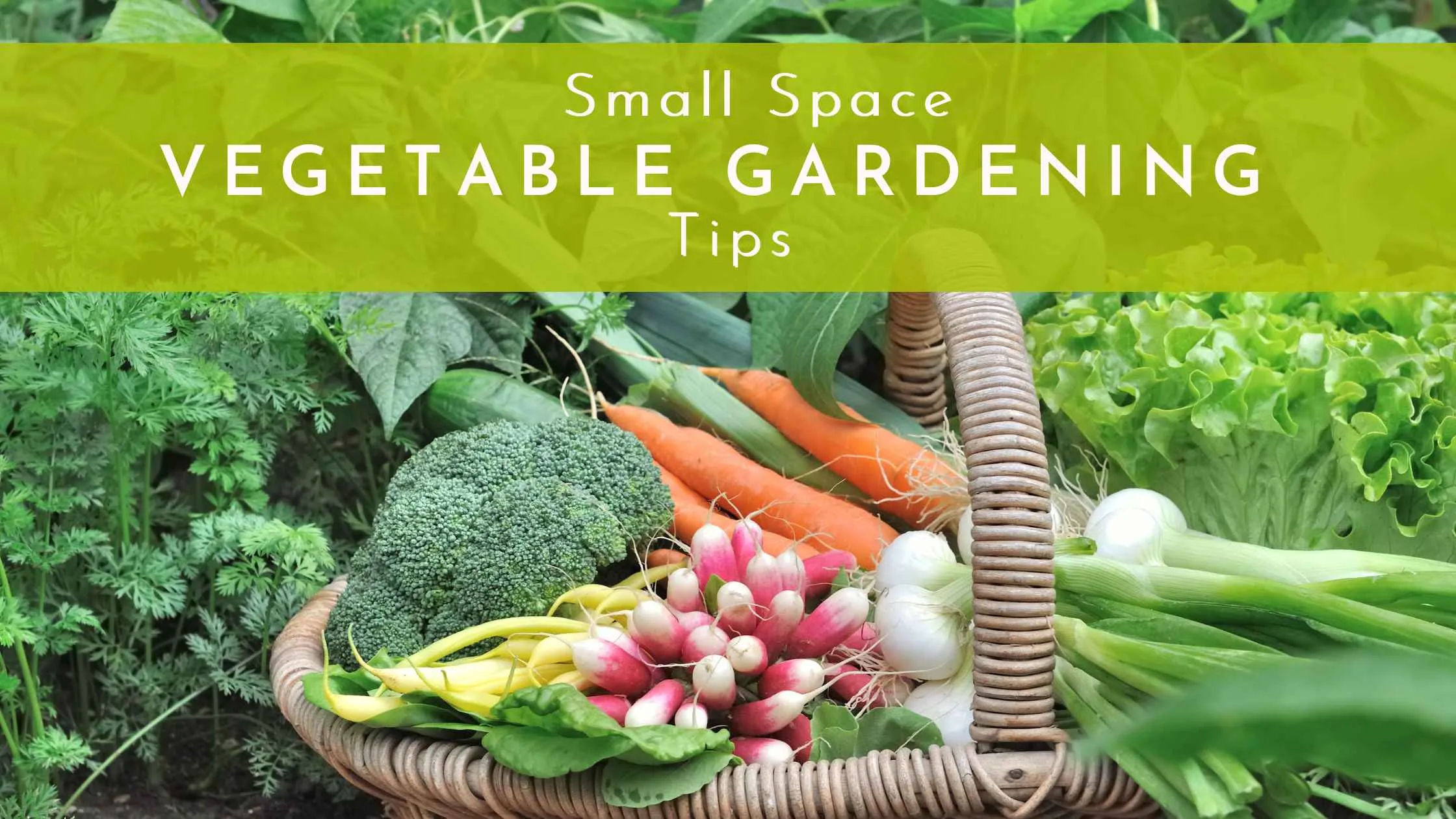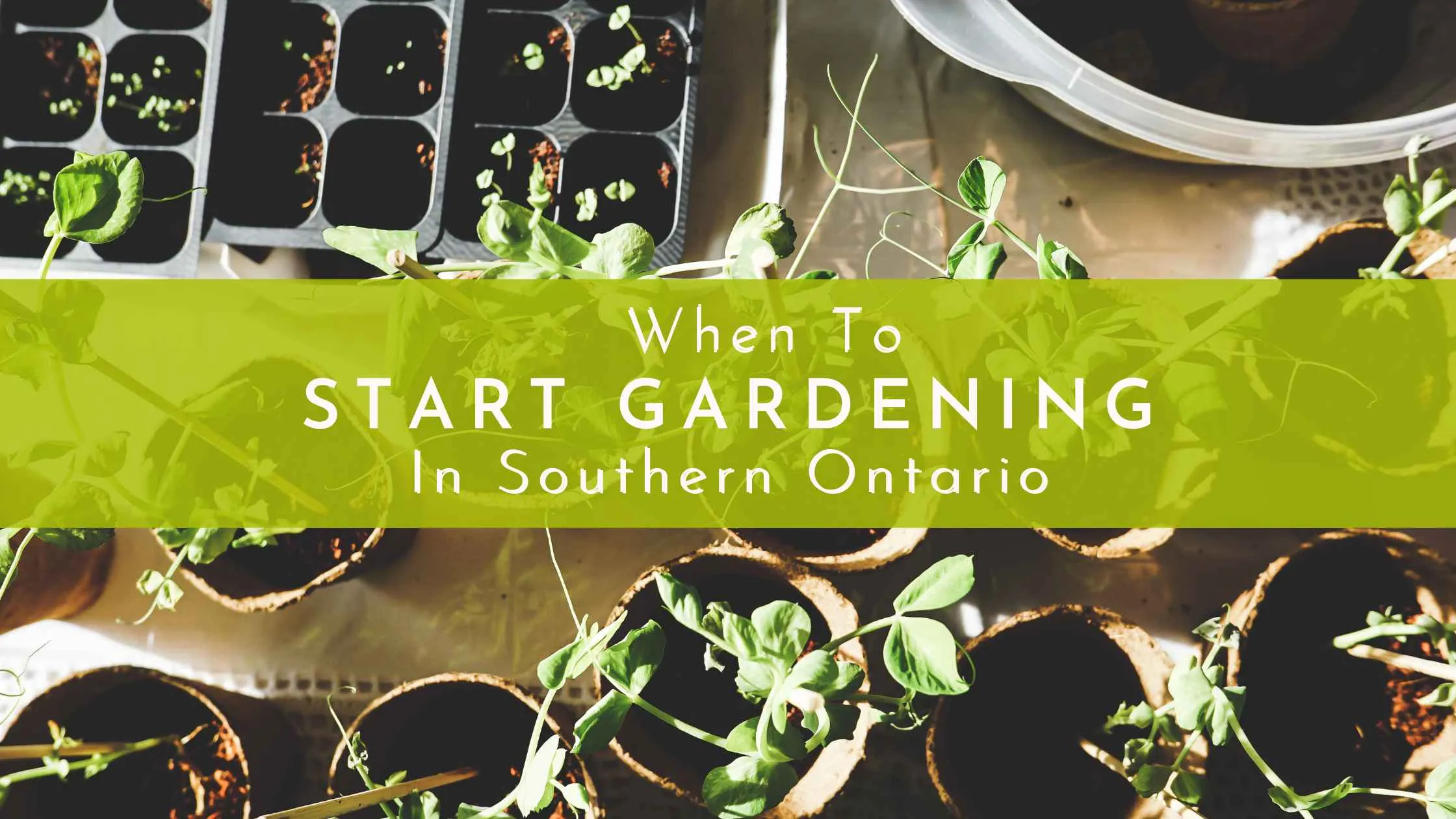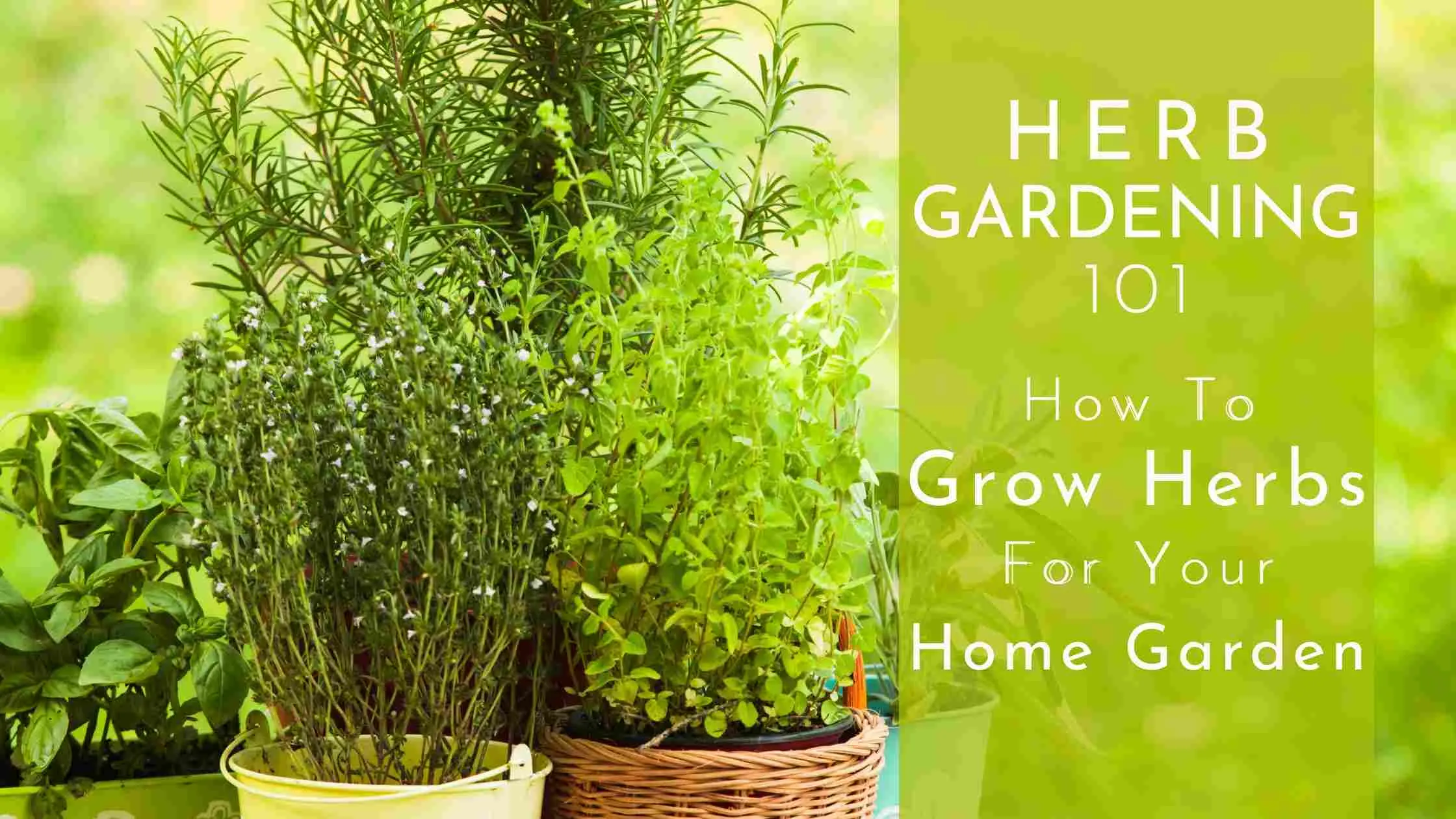The Ultimate Guide: How To Grow Lettuce At Home
Growing lettuce is one of the most and satisfying processes. Planting lettuce seeds is also a straightforward process, but you can use different methods for this.
In this article, you are going to learn some amazing facts about lettuce and how and when to grow them:
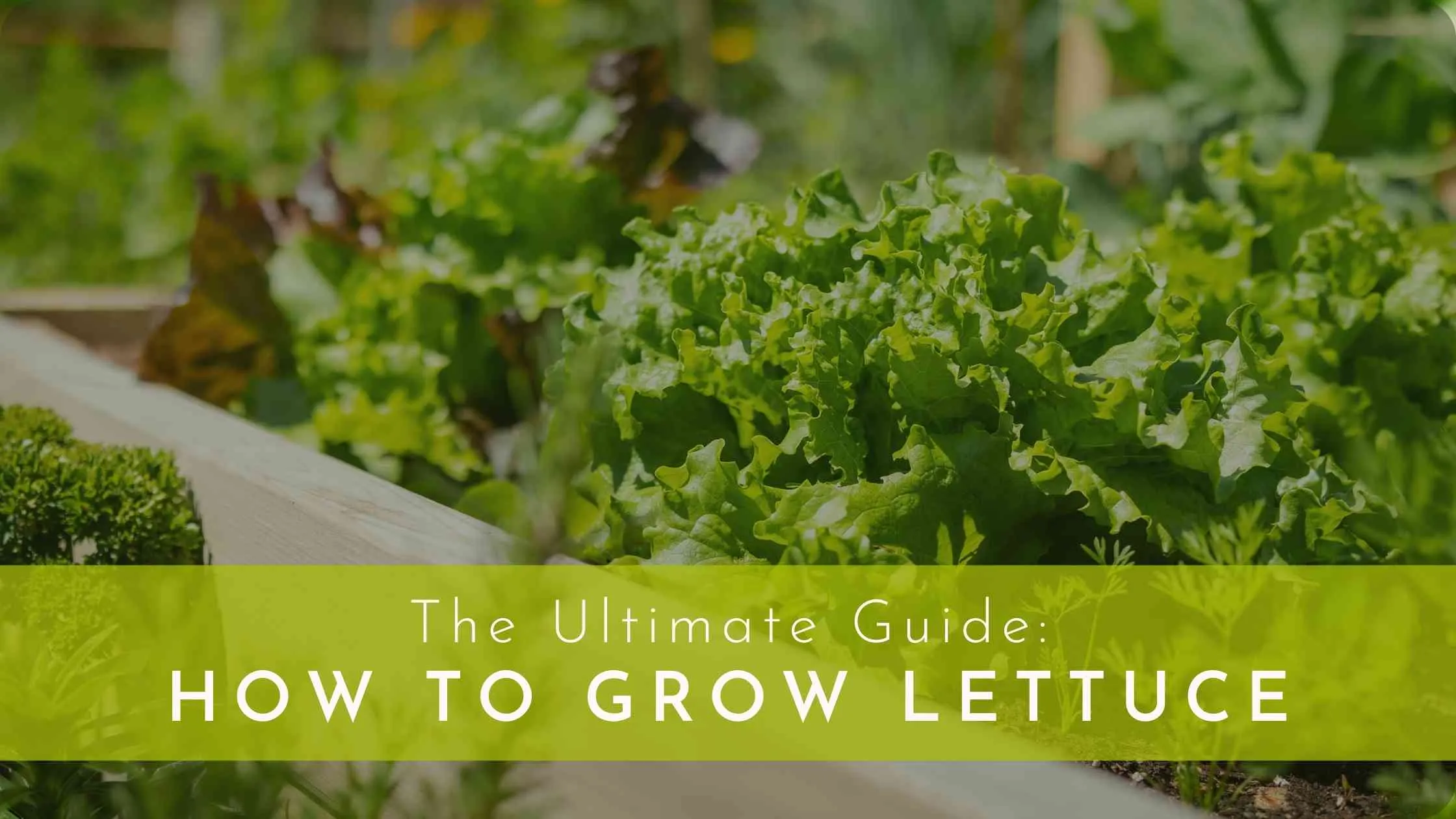
About Lettuce
Lettuce is a cool-season plant that does well during spring and fall. It grows easily by direct seeding in the garden soil. As it grows quickly, it is best to plant a few seeds at a time.
Lettuce is also an ideal vegetable plant for small raised garden beds and containers.
Latin name: Lactuca sativa
Difficulty: Easy
Season: Cool season
Exposure: Partial shade to full sun
Types of Lettuce
There are many kinds of lettuce plants that you can grow in your vegetable garden. Here are some popular types of lettuce plants that you can grow in your vegetable garden:
1. Looseleaf
Loose Leaf lettuce is one of the easiest and fastest-grown plants. The loose heads form in just five to six weeks after planting.
2. Butterhead
These are also known as Bibb or Boston lettuce, producing loose heads of crisp leaves. Some varieties of butterhead are both heat and cold-tolerant.
3. Iceberg
Icebergs are known as hard-growing lettuce but they can grow well in raised beds.
4. Oakleaf
Oakleaf lettuce can also be used as leaf lettuce, but eventually grow full-sized heads if left to mature.
5. Romaine
Romaine forms a tight and upright head with crisp leaves. It is a crucial ingredient in Caesar salad.
6. Summer Crisp
Summer crisp lettuce has a loose-leaf lettuce-like appearance. As the lettuce matures, it forms a beautiful round head.
When To Plant Lettuce
Lettuce seeds have the best germination rate in cool temperatures. They cannot germinate in hot weather. The best time to start lettuce is as soon as early spring, early fall, or late summer.
The ideal temperature for lettuce plants is between 7°C (45°F) and 18°C (65°F). Cold-tolerant varieties can even survive in much lower temperatures. The optimum soil temperature for lettuce is 10-22°C.
Lettuce seeds don’t need to be started indoors. You can sow them directly in the garden 2-4 weeks before the last frost date. If you want to start seeds indoors, plant the seeds just one month before your last frost date. Before transplanting them, harden-off the seedlings for 3 days. If you bought the seedlings from a garden centre, plant them between 2 weeks before the last spring frost.
Where To Plant Lettuce
Growing lettuce seeds during late summer needs artificial shade to cool down the soil for germination. When the days get cooler, you can remove the shade to provide full sun to seedlings. Lettuce seeds need full sun to flourish. If you are planting them during summer, provide partial shade to protect them from excessive heat.
Always use loose and cool soil with good drainage for lettuce plants. To increase drainage and essential nutrients, add compost or manure to the soil. Lettuce is sensitive to lower pH levels so the soil should have at least 6.0 pH.
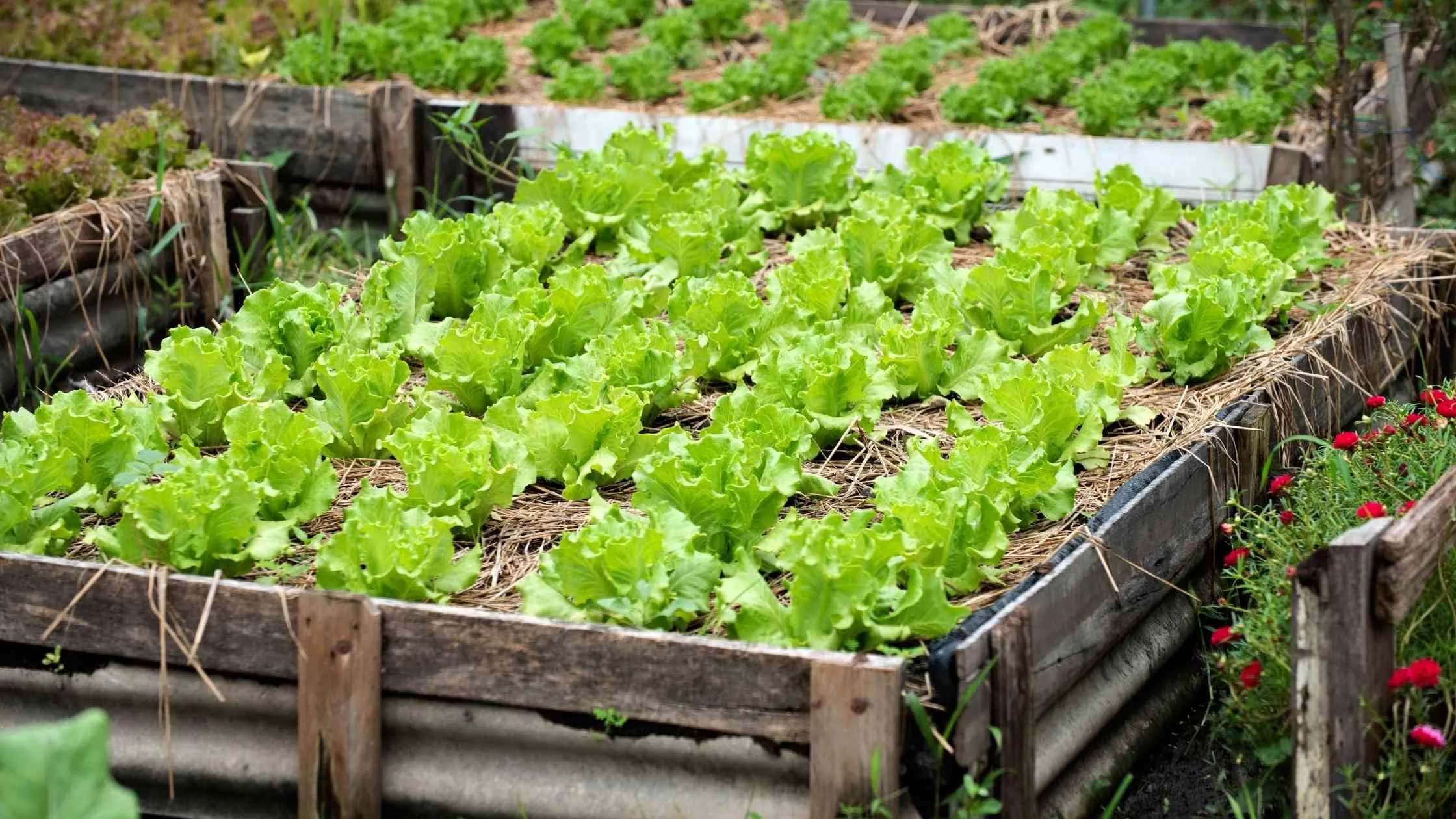
How To Plant Lettuce
If you're growing lettuce from seeds, you can follow these two techniques:
- Sow seeds directly in the container or garden. Keep a distance of two inches between each seed and don’t sow them too deep.
- Purchase young seedlings from the garden centre or start the seeds indoors under grow lights.
Add lime and compost every 3 weeks, to keep the soil fertile. To harden off the seedlings, you can reduce the water and keep the plants outdoors for at least 2-3 days, before you transplant them. It protects the plants from transplant shock and bolting. Watering the seedlings during this phase can prevent bitter leaves.
If you are planning for a fall crop, cool the soil in August. You can moisten the soil and then cover it with a bale of straw. It will keep the soil cooler by a few degrees than the rest of the garden and make it ready for planting.
Growing And Caring For Lettuce
The following are the requirements to grow and care for lettuce:
Days To Maturity
Most varieties of lettuce plants are ready for harvesting as baby leaves, within a few weeks.
How To Delay Bolting
Bolting is a very common problem with lettuce plants that usually occurs due to hot weather. When the lettuce plant starts bolting, the leaves get bitter and the plant produces a central stem. Covering the plants with shade and sufficient watering can prevent this condition.
Water Requirements
Lettuce doesn’t develop deep roots, so they need frequent but light watering. To encourage leaf growth, the soil should be kept moist but not too wet.
If the lettuce leaves are wilting, sprinkle them with water anytime during the day. Make sure you are keeping the soil moist but not too wet as overwatering can result in soft crops and many other diseases.
Light
Lettuce seeds need a lot of light to grow. Make sure you are providing sufficient bright light to the seeds. Seedlings and mature lettuce plants need partial shade for proper growth.
Fertilizer
You can add organic seedling fertilizer, compost tea, or liquid fish emulsion to the soil, to flourish lettuce crops.
Thinning
If there is more than one lettuce seedling, thin them by plucking the weak ones. It will encourage the stronger seedlings to thrive in ideal conditions.
Transplanting
Before transplanting, it is important to see if the seedlings are hardened-off. Transplanting tender seedlings can be fatal. Furthermore, make sure the weather is not too hot to prevent bolting
After transplantation, lettuce plants need fertilizers for a steady supply of nitrogen. Fertilize them once every 3 weeks for better growth. Organic mulch can keep the soil moist and prevents the growth of weed.
How Far Apart To Plant Lettuce
Lettuce needs sufficient space for proper growth. Once the seedlings show true leaves, thin them by leaving only the stronger ones. Generally, 10-12 inches is considered the ideal distance between each plant. You can find the spacing required for each kind, on the seed packet.
Disease and Pest Control
Aphids can attack your lettuce plants, destroying the whole crop. They also spread mold and many other diseases. Aphids usually hide under the leaves of lettuce plants sucking all the nutrients and water. Similarly, snails, caterpillars, and slugs also love lettuce. Apply neem oil or horticulture soap to keep them away or encourage natural predators like ladybeetles.
If the lettuce leaves are browning and curling, they might be suffering from tip burn. It is the result of inconsistent moisture. Just trim the brown lettuce leaves and provide consistent watering to the plants.
Deer, rabbits, and slugs are another major threat to lettuce plants. To keep them away, apply chicken wire or willow cloches — place a hoop tunnel over your lettuce patch and cover it with insect barrier fabric, bird netting, or chicken wire.
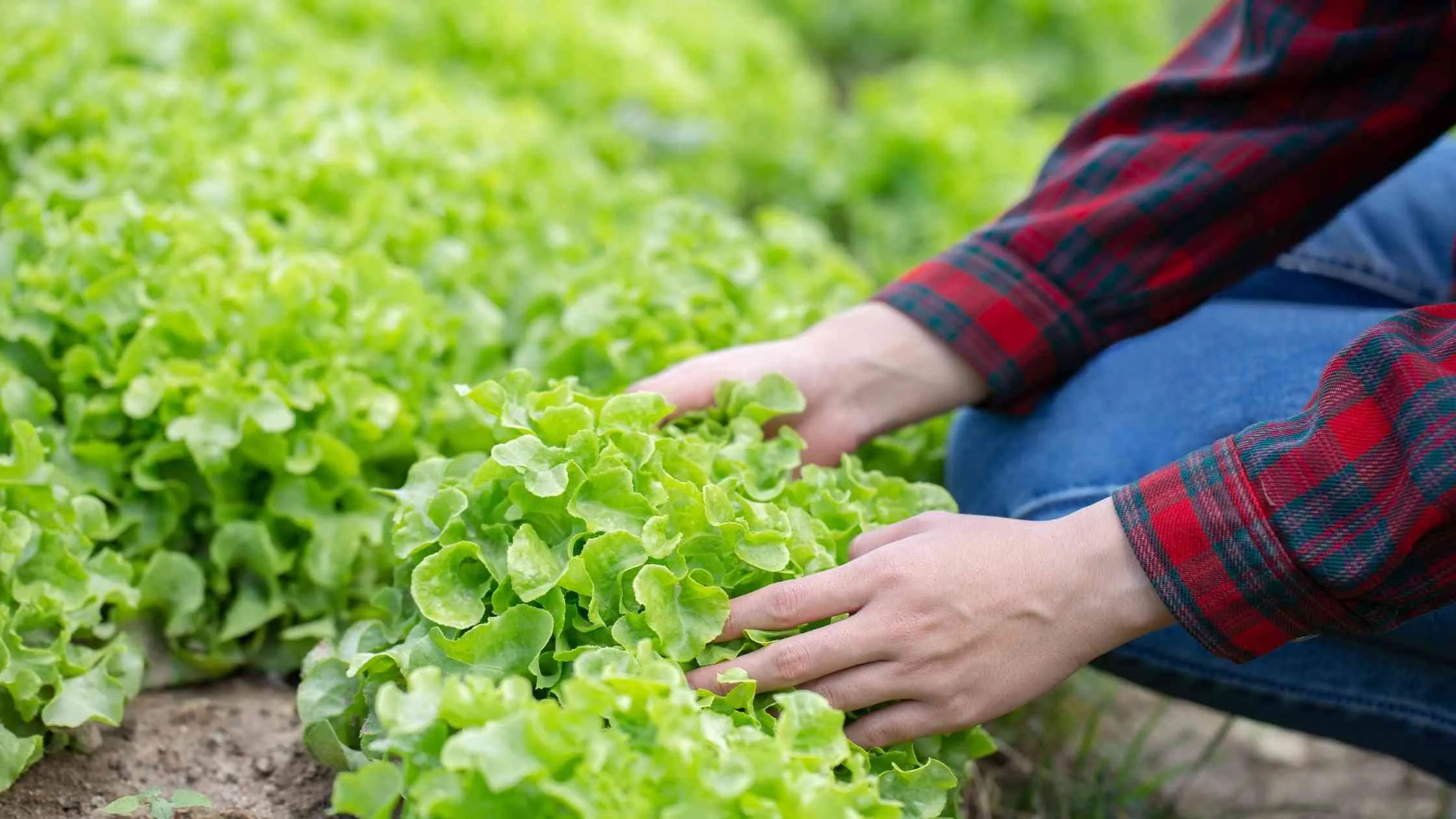
Harvesting And Storing Lettuce
Harvesting Lettuce
Lettuce is one of the easiest vegetables to harvest. Most kinds can be picked 30 to 70 days after planting. The right time to harvest lettuce depends on its variety. Once you think that the lettuce head reaches the size you want, you can harvest it. It is better to harvest the crop in the morning. You can remove as many leaves as you want or cut the whole bundle at ground level.
Storing Lettuce
Lettuce can be stored in a loose plastic bag and kept in the refrigerator for up to 10 days. When you want to use it, put the lettuce in cold water for some time and then place it in a kitchen towel or salad spinner to remove the water.
Succession Planting
The process of planting the seeds at different times is called succession planting. This is the secret of a long harvest of lettuce. The average time between sowing is 2 to 3 weeks.
Companion Planting
Lettuce plants are the perfect companions of beets, carrots, radishes, celery, cucumbers, squash, garlic, onions, chervil, dill, spinach, and strawberries.
Common Questions And FAQs
1. How long does lettuce take to grow?
Lettuce is a very quick-growing vegetable. It matures as soon as 30 days after planting and is harvested when reaching the desired size. Some kinds of lettuce might need 6 to 8 weeks to grow to harvest size.
2. Can I grow lettuce for the whole year?
Lettuce seeds germinate between 4-26°C (40-80°F). If you are growing the lettuce at a minimum of 60s temperature, you can grow them throughout the year. Warm regions can grow lettuce during winter only.
3. Can I grow lettuce in warm weather?
Lettuce cannot tolerate hot climates. The plant starts producing seeds and stems in warm weather. This results in lower available nutrients for the leaves, leading to the production of bitter leaves.
4. Why won't my lettuce seeds germinate?
Sometimes, lettuce seeds don’t germinate at all. The main reason is older seeds, planting seeds too deep, wet, dry, or warm soil.
5. How many lettuce seeds should I plant in each hole?
If you are sowing new seeds, plant one seed in each hole. However, if the seeds are older than two years, plant two to three seeds in each hole. You can thin the seedlings later if all of them germinate.
6. How deep should I plant my lettuce seeds?
Lettuce seeds are very small and need light to germinate. Therefore, they should not be planted deep. Place the seeds about ¼ inch deep and press the soil gently.
7. Do lettuce seeds need to be soaked before planting?
Lettuce seeds don’t need soaking for germination. However, soaking the seeds just 12-24 hours before planting can speed up the germination process.
8. How can I germinate the lettuce seeds faster?
Soaking the lettuce seeds 12 to 24 hours before planting, keeping the soil cool, and providing enough light can help speed up the germination process.
9. Do lettuce seeds need the sun to germinate?
Lettuce seeds need bright light to germinate, so keep the seeds in a bright location. Make sure you don’t sow them too deep or put them in the shade.

